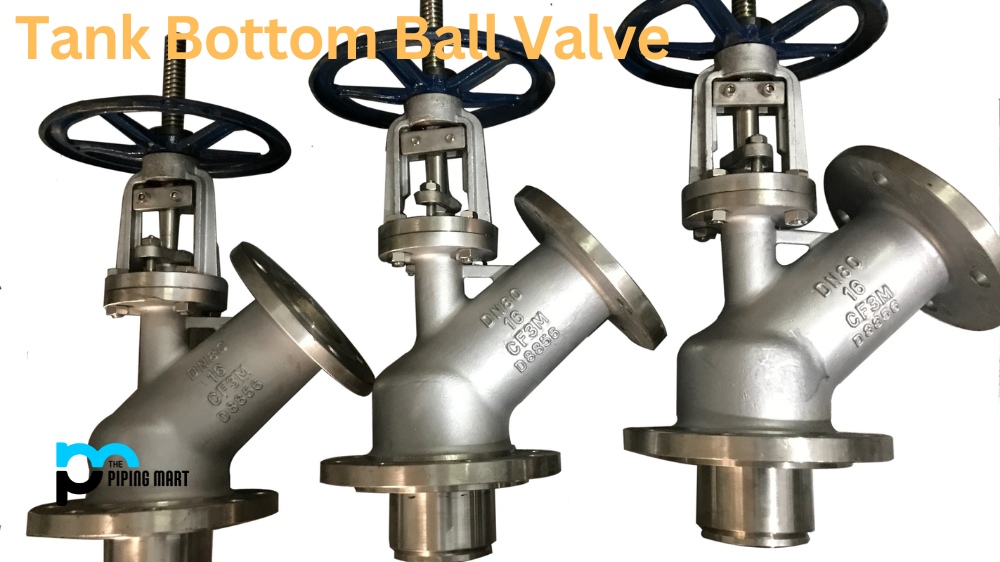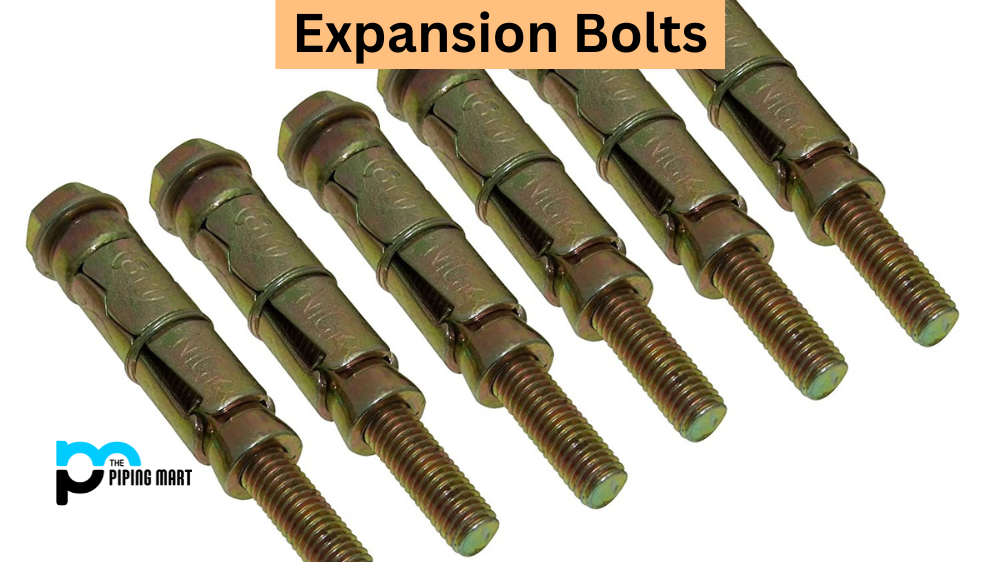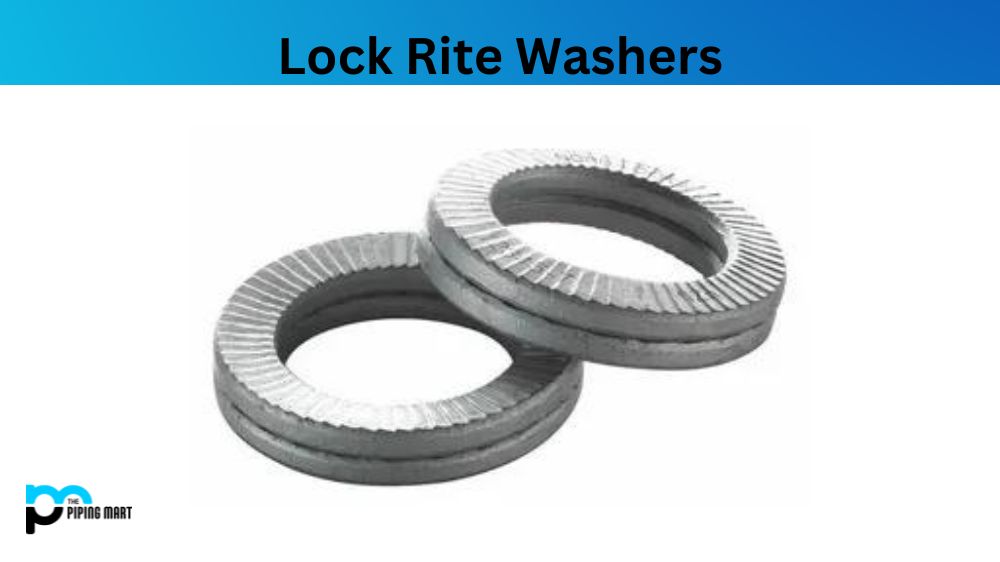Tank bottom ball valves are specialized equipment used in the process industry. They have been designed to drain liquid or slurry contents from storage tanks easily. These valves are durable, easy to install, and require minimal maintenance. However, they also have their disadvantages. In this blog post, we will outline the advantages and disadvantages of tank bottom ball valves and provide insights into the best practices for their use.
What are Tank Bottom Ball Valves?
A tank bottom ball valve is designed specifically for industrial tanks and containers. It controls the flow of liquid or gas from the bottom of the tank, providing a safe and efficient way to empty or fill the container.
The design of this valve consists of a spherical ball-shaped rotor with a hole passing through its center. This ball rotates within two seats, one fixed and one moving, allowing precise control over the flow. When fully open, the hole in the ball aligns with both seats, allowing for maximum flow rate. When closed, it creates an effective seal, preventing any leakage.
This type of valve is unique in its ability to handle high-pressure applications while maintaining low torque requirements for operation. This means less energy is required to turn the valve, making it more economical and environmentally friendly compared to than other advantages and Disadvantages of Tank Bottom Ball Valve
Advantages:
Tank bottom ball valves are often preferred for high-purity applications such as pharmaceuticals, food, and beverage processing. They are highly resistant to contamination and provide the highest level of hygiene. Additionally, installing and maintaining these valves is relatively easy as they are a simple design. Furthermore, they are known for their durability, corrosion resistance, and longer service life, which helps to reduce maintenance costs.
Another significant advantage of tank bottom ball valves is their ability to monitor and control the flow of liquid or slurry contents. This feature makes them suitable for applications where monitoring and control are critical, such as chemical and petrochemical processing plants. The ball valve’s simple design and construction help operators carry out their monitoring and control tasks easily.
Disadvantages:
Despite tank bottom ball valves’ many advantages, there are also disadvantages to their use. For instance, these valves can be challenging to clean, especially when solids are present in the liquid or slurry medium. The cleaning process requires disassembling the valve, increasing downtime and limiting productivity. Additionally, tank bottom ball valves are prone to blockage and clogging due to their low-velocity flow pattern. This can cause undesirable consequences such as reduced flow rate or total blockage.
Best Practices for Use:
To get the most out of tank bottom ball valves, adopting best practices and care when using them is essential. First and foremost, ensure that the valve is the right size for the application. It is installing a valve that is too small with valve flow restrictions, while an oversized valve will waste energy. Secondly, regular valve maintenance is crucial to keeping the valve in good working condition and extending its service life. Thirdly, choosing the right valve material for the application is essential to ensure corrosion resistance and longevity.
Lastly, the valve’s position is critical for optimal performance. The discharge port should be placed in a position that will allow for the complete draining of the tank. A poorly positioned valve may leave residue in the tank that can cause contamination and residue build-up.
Conclusion:
Tank bottom, thanks to their many advantages, tank valves are widely used in industrial processes. Thanks, these valves have limitations, such as difficulty cleaning, blockages, and clogging issues. Nevertheless, by adopting best practices such as proper sizing, regular maintenance, and careful positioning, users can fully maximize the benefits of tank bottom ball valves while minimizing their disadvantages.

Abhishek is a seasoned blogger and industry expert, sharing his insights and knowledge on various topics. With his research, Abhishek offers valuable insights and tips for professionals and enthusiasts. Follow him for expert advice on the latest trends and developments in the metal industry.




